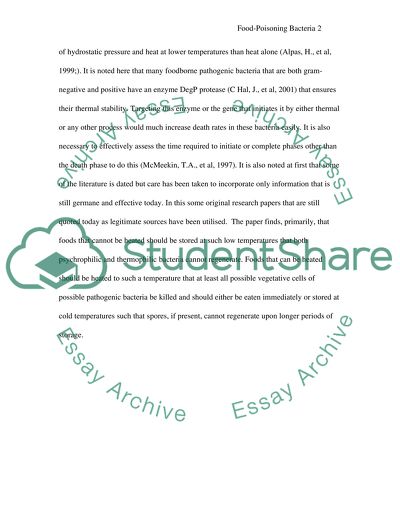Cite this document
(“Food Safety Essay Example | Topics and Well Written Essays - 2250 words”, n.d.)
Food Safety Essay Example | Topics and Well Written Essays - 2250 words. Retrieved from https://studentshare.org/science/1530635-food-safety
Food Safety Essay Example | Topics and Well Written Essays - 2250 words. Retrieved from https://studentshare.org/science/1530635-food-safety
(Food Safety Essay Example | Topics and Well Written Essays - 2250 Words)
Food Safety Essay Example | Topics and Well Written Essays - 2250 Words. https://studentshare.org/science/1530635-food-safety.
Food Safety Essay Example | Topics and Well Written Essays - 2250 Words. https://studentshare.org/science/1530635-food-safety.
“Food Safety Essay Example | Topics and Well Written Essays - 2250 Words”, n.d. https://studentshare.org/science/1530635-food-safety.


